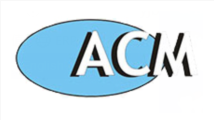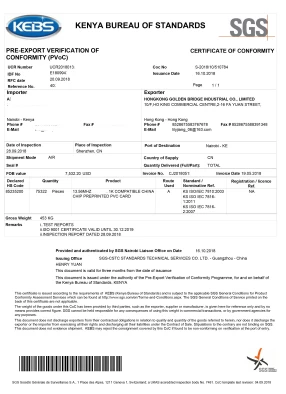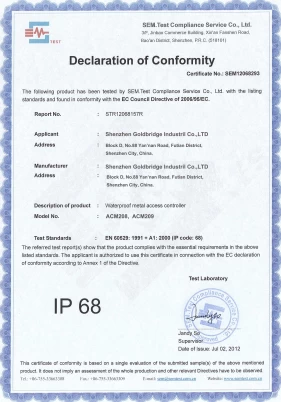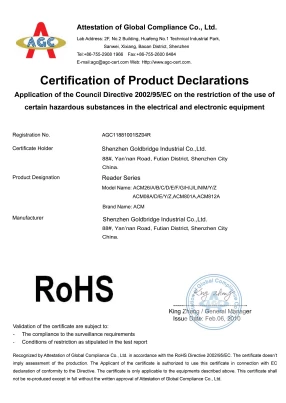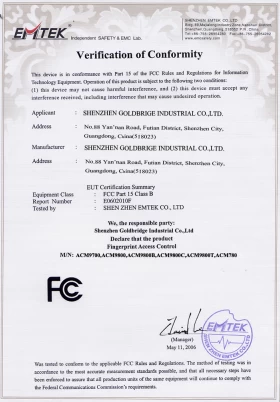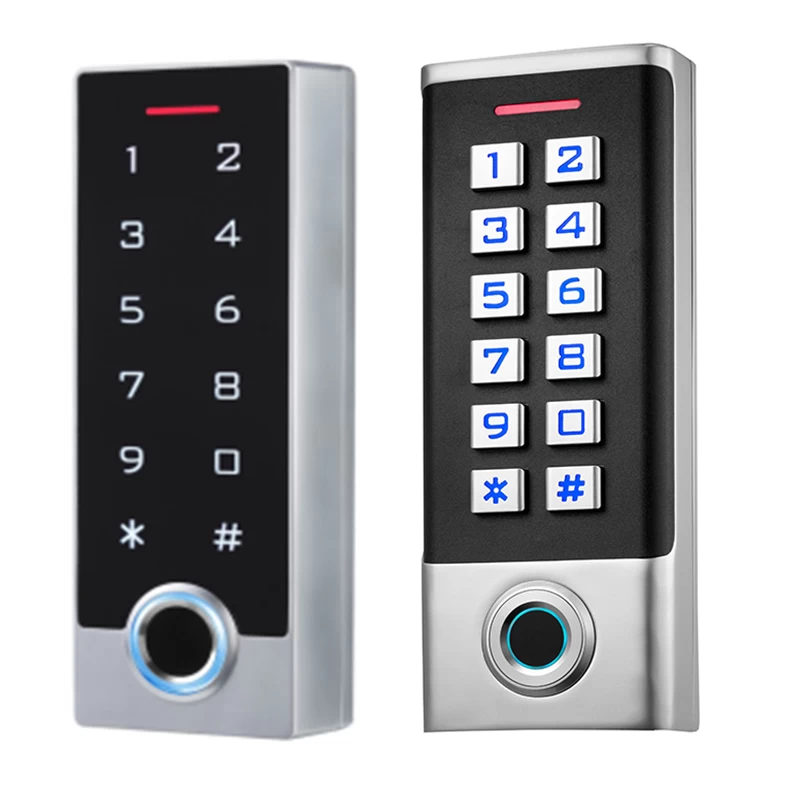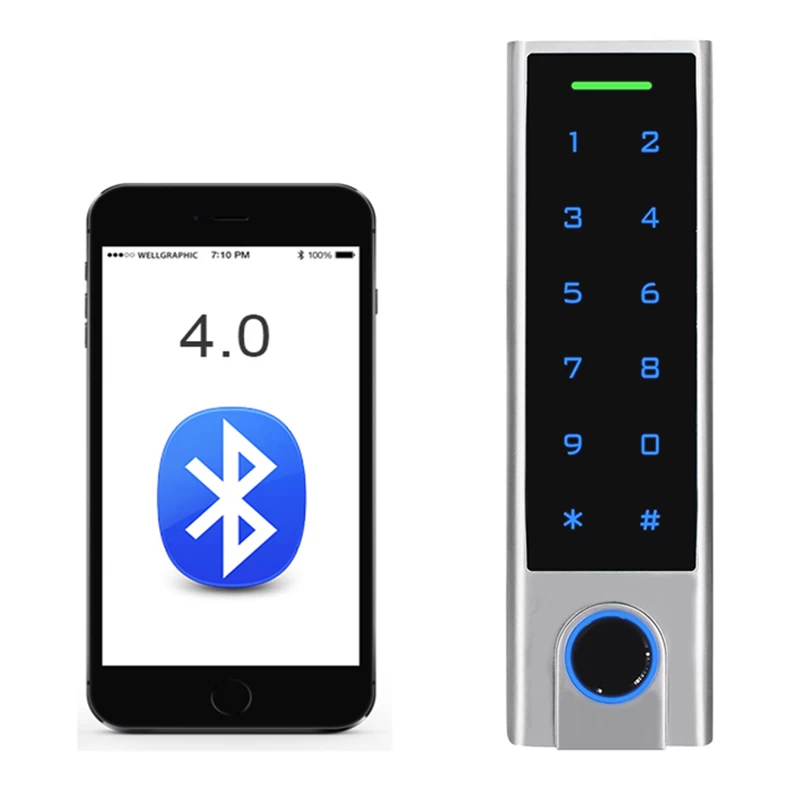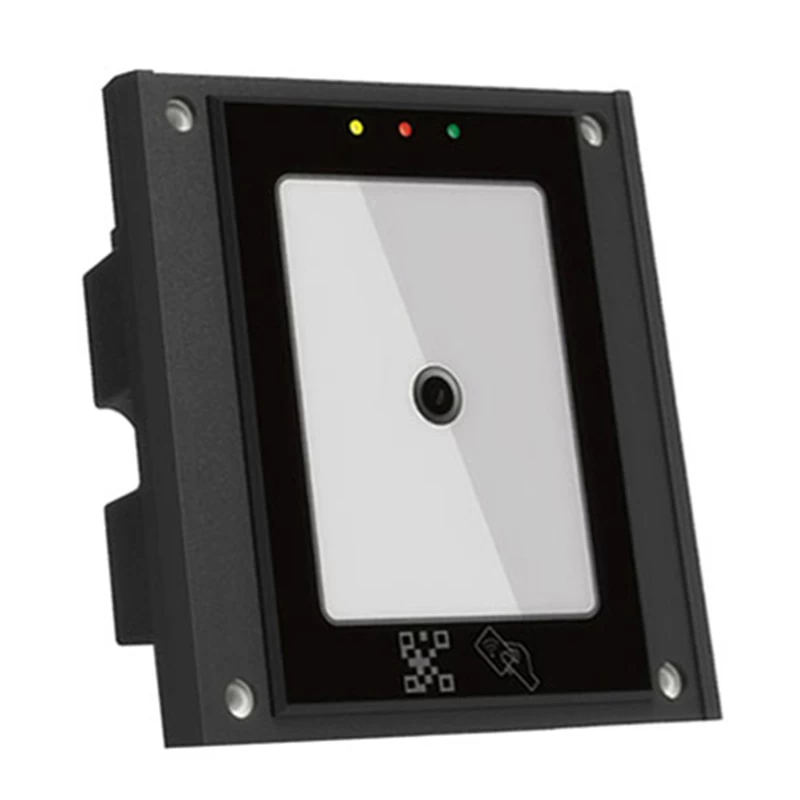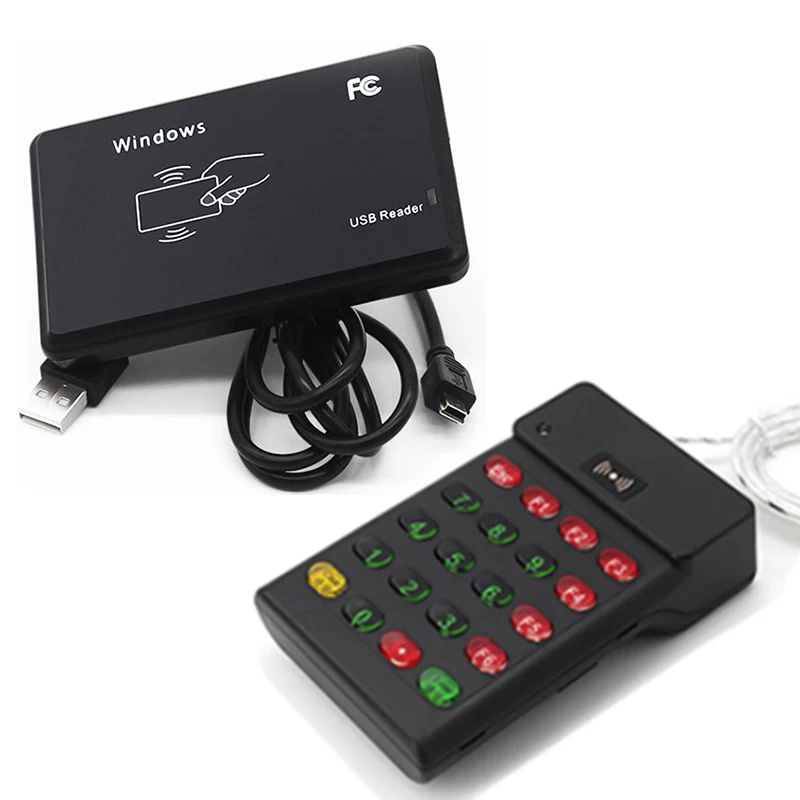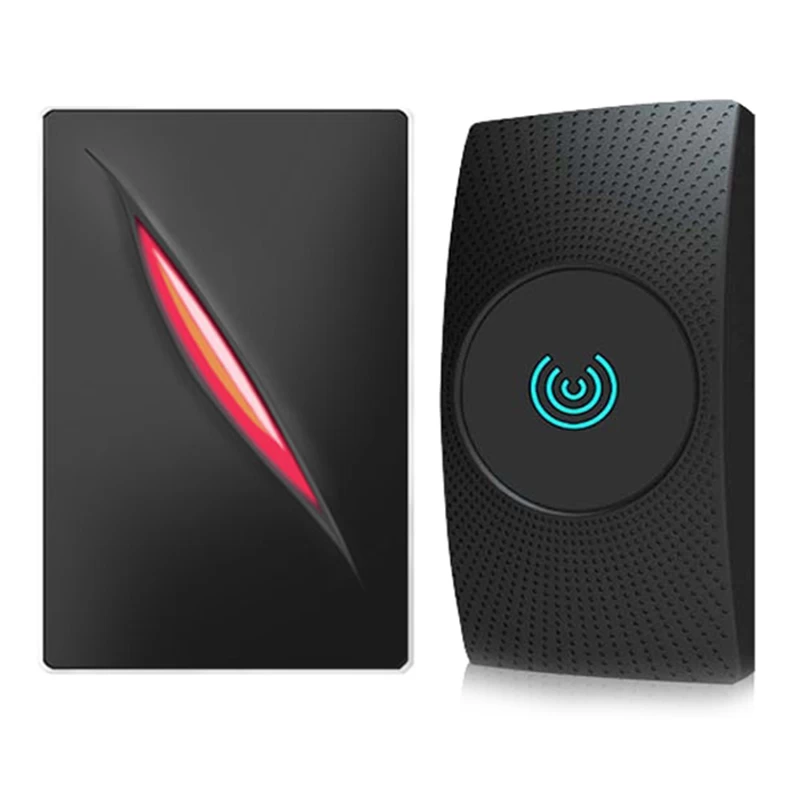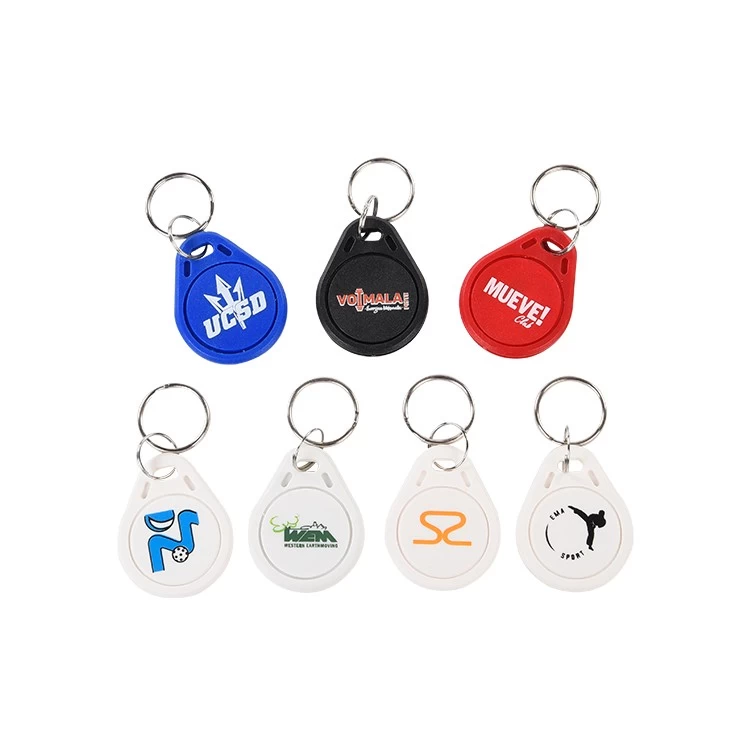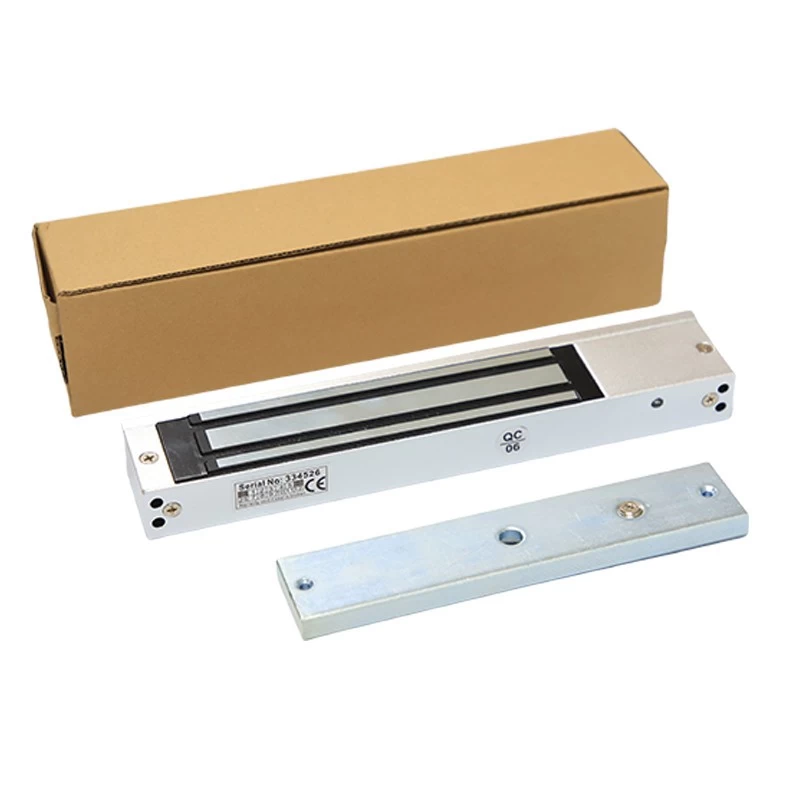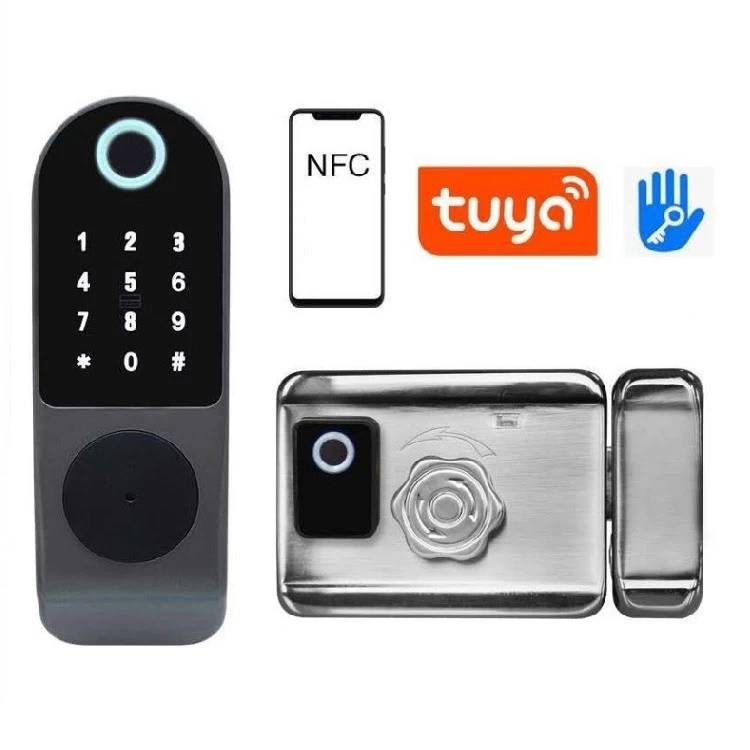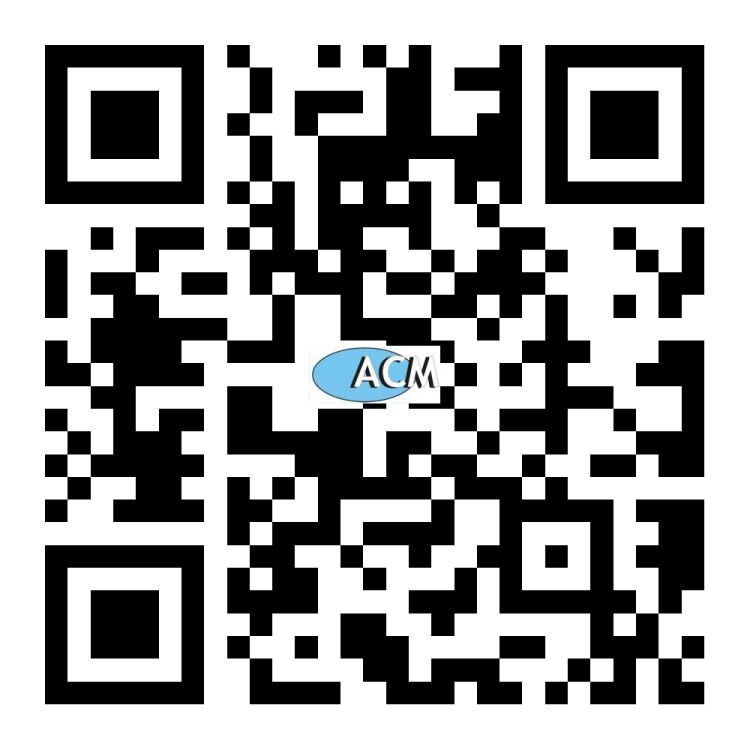The Swedish Transport Agency supports the use of NFC for payment
SL first deployed this system in 2019 and used Access-IS ticket readers for mobile ticketing based on two-dimensional barcodes. After the passenger downloads the SL application, he creates an automatic payment account through his digital wallet and receives a readable bar code when he gets on the train or bus. Now, Access-IS is developing new products, which are not only suitable for barcodes, but also for 13.56MHz NFC tags that comply with ISO14443, and non-contact EMV cards.
Cliff Hunter, head of transportation and ticket sales at Access-IS, said that the ATR220-TripTick reader is designed to provide transportation agencies and cities with a system with more functions, extending from barcodes to EMV and NFC. The device can read barcodes or NFC tags through mobile phones, tablets, wearable devices, contactless cards and paper tickets.

SL is responsible for operating all public land transportation systems in Stockholm. This municipal company has been committed to meeting the needs of public transportation customers since the introduction of the tram service system in 1915. Today, nearly 800,000 people use SL services, including commuting and local train, bus and subway services. SL also launched the SL Kort card this spring-a green plastic card.
SL stated in a public report that this project is unique in many ways. Stockholm is one of the first cities to provide a contactless payment system compatible with NFC, EMV and QR codes. SL chose to implement the solution on its own, develop supporting software, and complete related work on payment service integration.
Last year, many scenarios have completed the deployment of ATR220-TripTick readers, including 850 boarding gates, 200 ticket offices and 2,300 buses. This system is very convenient to use. Passengers can download the SL application from Google Play or Apple's App Store, and then use all major payment schemes as usual.
Users do not need to open the application to perform payment operations. At subway and train gates, users only need to take out their mobile phones, wearable devices or tickets, and then scan them next to the card reader, so that they can avoid contact with anything other than their own devices. The reader obtains the unique identification number of a specific passenger account and links this data to the payment service.
Hunter said that contactless payments are growing rapidly in cities, allowing users to make payments through mobile apps and providing transportation cards for those who don’t have mobile phones. This set of solutions tends to use QR codes or NFC for data transmission. Sweden, Norway and Finland are the first to use smartphones for ticketing with barcodes and apps.
Hunter further stated that with the ATR220-TripTick device, the city can expand from a single payment function to a multi-option system from the start, which can be deployed before it is ready to use contactless payments. When the user is ready to use contactless payment, Access-IS can provide "remote key injection" software upgrades, without having to personally visit the machine to provide the security key required for contactless payment, allowing the system to do it in advance for the future Get ready.
Although this set of solutions is jointly built by SL and Access-IS, Access-IS believes that most of the deployment will be carried out with the help of third-party vendors. "This is a very good collaborative project," Hunter said. "Our next step is to simplify the process of using the system, because most cities need a solution that can be easily deployed. This technology can be used not only for traffic, but also for access control and payment, such as parking, events, and retail. .
Hunter said that several cities are currently in the technology deployment planning stage. "COVID-19 has always been a key driver," he said, because the city is looking for solutions that allow passengers to quickly pass through the entrance without being crowded or touching anything. He added that many countries encourage the temporary abandonment of the use of physical currency, thereby restricting contact related to the handling of banknotes, thereby inhibiting the spread of infection.
Hunter pointed out that many cities that are undergoing related planning are interested in implementing the plan in stages. They may not be ready to start contactless technology, and they do not want to replace the hardware later, so this is a good solution.
For more information please contact sales@goldbridgesz.com
